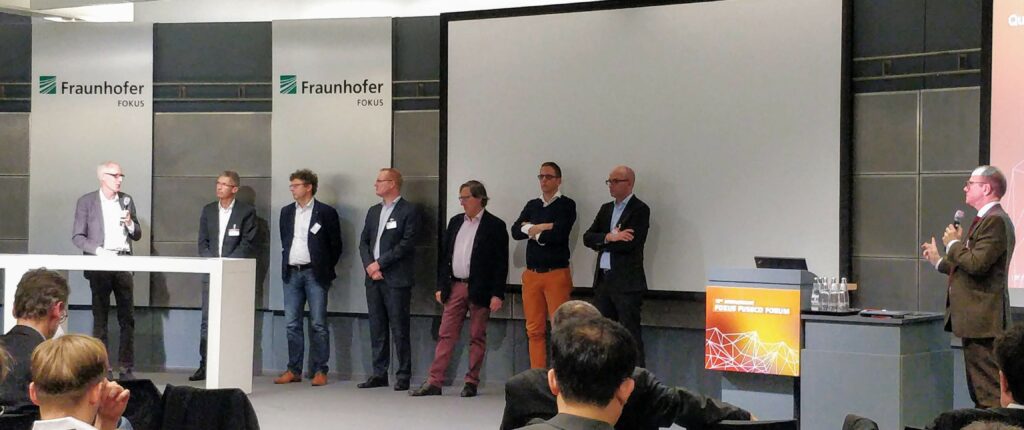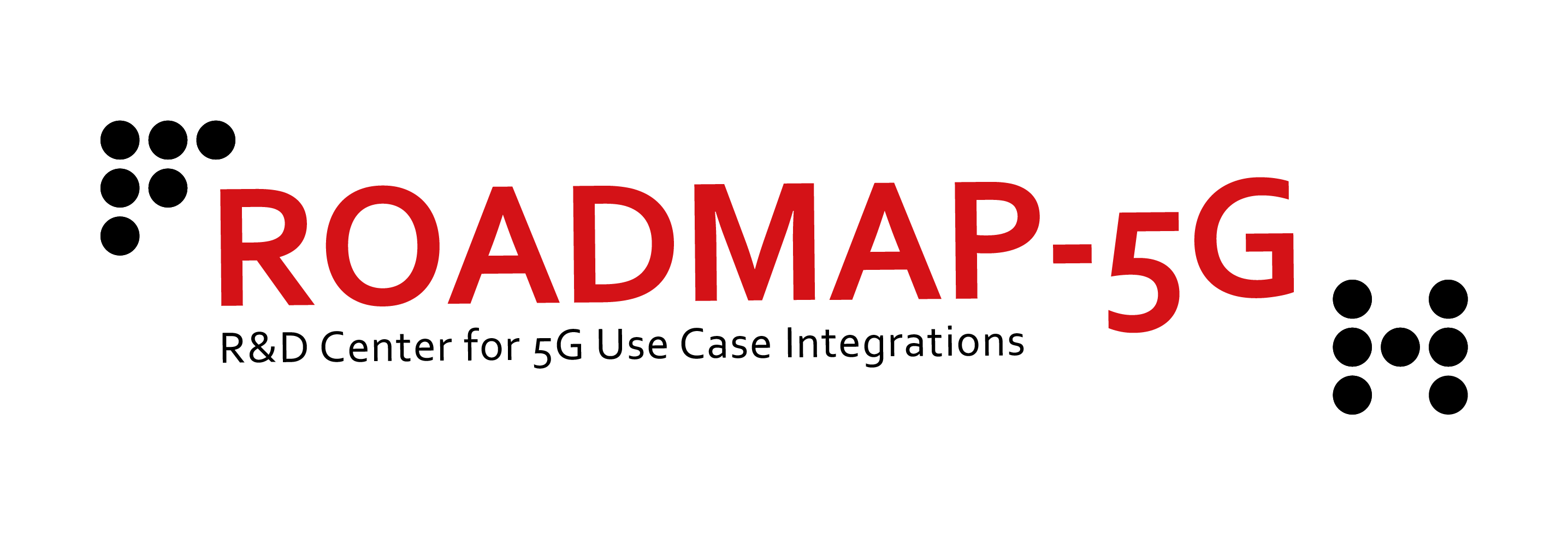The FUSECO (Future of Seamless Communication) Forum, which will be held as part of #Berlin5GWeek, will be organized for the tenth time in 2019 by the Fraunhofer-Institut für Offene Kommunikationssysteme (FOKUS). Worldwide, this event is one of the most important meetings of standardization bodies, network operators, equipment suppliers and users of the latest mobile communications technologies. This year, as in previous years, 5G was the omnipresent topic.
First of all, the FUSECO Forum covered too many topics to be able to package them into a short article like this. So in the following paragraphs we’ll really limit ourselves to the most important and, in our opinion, most interesting aspects.
One of the very informative presentations on the first day of this two-day event focused on Virtual Network Functions (VNFs). In the classical sense, these VNFs are small programs that take over certain tasks from conventional network devices. These can be firewall functions or the answering of DHCP requests, for example. The big advantage is that these functions no longer have to run on special hardware, but any standard hardware can be used for them. This means that the functions can be used very quickly exactly where they are needed.
In addition to this, there has recently been a trend to virtualize not only classic network functions as VNFs, but also programs that have nothing to do with the operation of the network. For example, the following use case was presented by the Univeristy of Bristol (UK). Public rental bikes are equipped with acceleration sensors and a microcontroller. When this system detects an accident, a message is sent to the nearest 5G base station. The VNF running in this base station causes a drone to fly to the alleged scene of the accident and film the event. However, so that not all the video data has to be sent, a VNF running in the drone evaluates the images and informs the central VNF whether or not it is actually an accident. If necessary, the central VNF then initiates further steps.
The Edge Cloud topic was also on everyone’s lips. This approach aims to bring certain (or even all) functions that were previously executed in a remote data center (the cloud) to where they are actually needed. Often this edge cloud is even located directly in the customer’s local data center. This not only ensures that potentially sensitive data never leaves the corporate network, but also reduces latency. Virtualization plays an important role here as well. Because the functions developed for an Edge Cloud should also be executable on any other Edge Cloud and also in the “real” Cloud to ensure redundancy. To underline the importance of the topic, here are two more quotes from key industry representatives:
Translated with www.DeepL.com/Translator (free version)
Studies show that 93% of companies in the US intend to invest in the edge cloud within one year.
Michael Loushine, AT&T
Backhauling (Anm.: Übertragen und Sammeln an einem Punkt) Internet of Things data is inefficient. Therefore, we need edge cloud services that aggregate data.
Robert Dimond, ARM

In order not to go completely beyond the scope of this post, here are some comments on other important topics of the FUSECO Forum 2019:
- Slicing: The nets available today are mostly designed for a use case: Fast data transmission for human users with smartphones, tablets and computers. In the future, however, the mobile phone network will also be used by industrial robots, sensors, cars, and many others that have completely different requirements. To cover all these requirements, the network of the future will be divided into slices.
- Automatic reconfiguration: With the speed at which the requirements of modern networks change, human technicians will find it difficult to keep up. That’s why mechanisms are being developed that will allow networks to automatically adapt to different requirements.
- Sidelink: In order not to rely solely on the communications infrastructure in critical situations, such as autonomous driving, it is important that devices can communicate with each other even without a cellular phone cell. This is precisely the requirement that 5G has been designed to meet from the ground up. Vehicle-to-vehicle and vehicle-to-infrastructure communication is thus possible.
Finally, the question was discussed whether, after all the hype about 5G, one can already foresee what it will look like with 6G. Naturally, opinions here are very different. But if you look at the development of the mobile phone generations so far, you will find out that the last real revolution in cellular mobile radio was a long time ago. Almost exactly 30 years have passed since the changeover from analogue transmission of speech to digital data transmission. It is only with the introduction of 5G that we are facing a similar revolution. If we take this time span as a template, we will not see a similar generational leap again until 2050. Regardless of whether it is called 6G, 10G or 42G.

This post is also available in: Deutsch (German)
